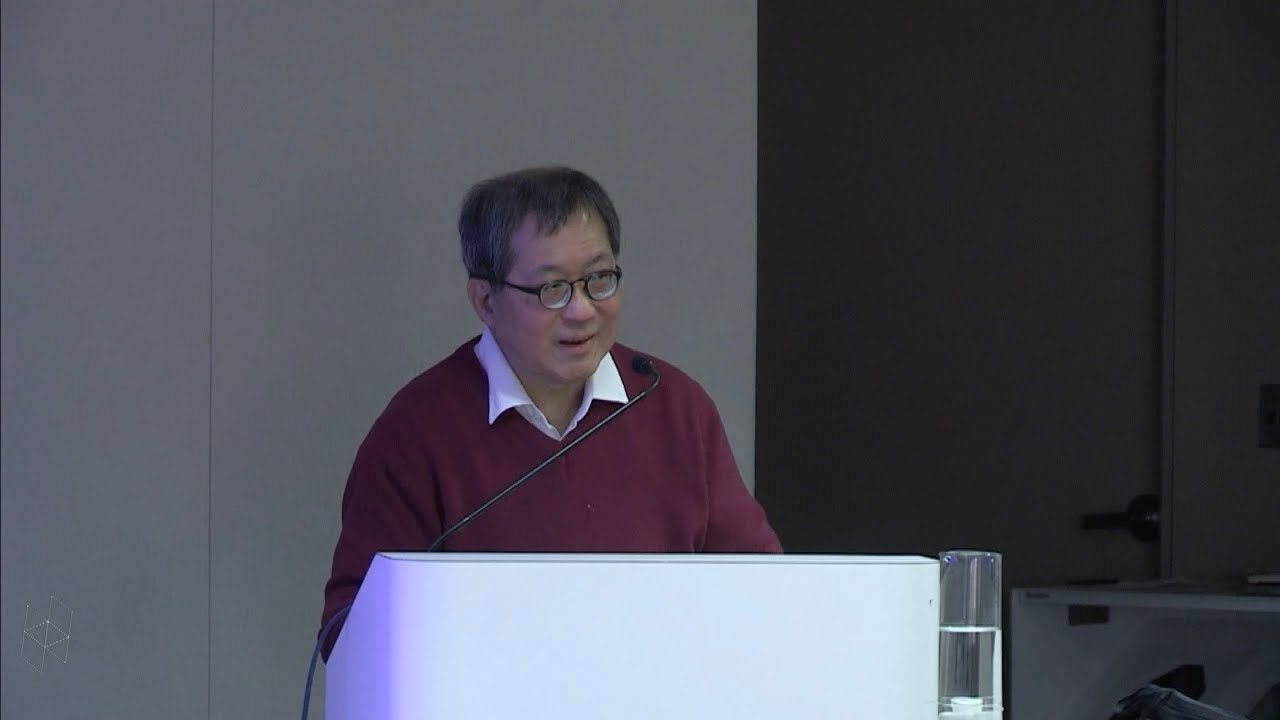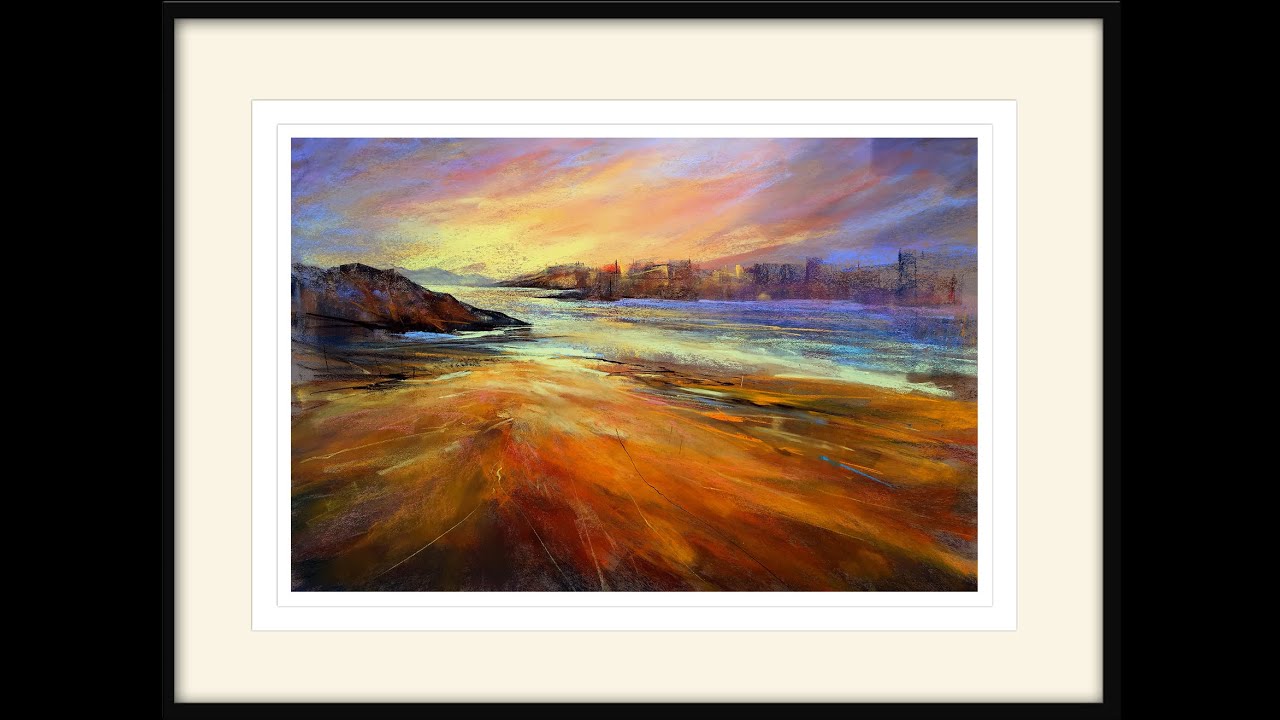Harvard GSD
Please join us for a lecture by Ken Yeang. Yeang will discuss an approach to green and sustainable design based on the science of ecology. He will show how ecology and the ecosystem influence the design and planning of the built environment while offering a theoretical descriptive (non-stochastic) model for ecological design. Yeang’s work will illustrate the ideas and principles that he presents.
Ken Yeang is an architect, planner and ecologist who is best known for green architecture and masterplans that are driven by an ecology based approach and design work with a distinctive green aesthetic that performances beyond conventional rating systems. He trained at the AA School (Architectural Association) and received his doctorate from Cambridge University on ‘ecological design and planning’. His key buildings include the Great Ormond Street Children’s Hospital Extension (UK), Solaris (Singapore), National Library (Singapore), Mesiniaga Tower (Malaysia), Spire Edge Tower (India), Genome Research Building (Hong Kong), Suasana Putrajaya (Malaysia). He is principal of T. R. Hamzah & Yeang Sdn. Bhd. (Malaysia) with offices in the UK and China. He was awarded the Malaysian Institute of Architects Gold Medal, the Government of Malaysia Merdeka Award, the Architectural Society of China Liangsicheng Award 2016 and others. He holds the chair of the Distinguished Plym Professor at the University of Illinois. The UK Guardian newspaper named him as one of 50 individuals who could save the planet (2008).
Source




there's a very precious lesson… thankyou Dr. Yeang's… you inspire us
does the questioner at 1:05:30 have a name and/or research in line with
his viewpoint? am interested in the "resilience vs. static machine"
perspective and how to approach it; thanks!
I find Dr. Yeang's work integrating sustainable and ecological systems groundbreaking and highly influential. However, I have heard many architects argue that green architecture is a only a component included within architecture similar to the coordination of structural and MEP systems. Although sustainable practices can drive the generation of forms, I have been skeptical how sustainability interacts with a pure architectural process. The first question by Professor Samuelson regarding material selections which potentially contain high amounts of embodied energy for an ecologically sensitive buildings sums up what I have felt about sustainable topics. Dr. Yeang has reached a level of equilibrium between the built environment and nature. I think that we all strive to reach the same level of balance, but we may be going down the wrong path. Supporting Professor Samuelson's question, I would argue that we should not strive for environmental equilibrium, but rather, an imbalance which would favor the environment over an architectural construct.
For example, a typical project from Dr. Yeang may have many green features but uses steel produced overseas and non-renewable materials. This hypothetical project would be a balance between nature and building. That same hypothetical project which now has structural materials produced locally and a renewable exterior finish material would be a project that is positively imbalanced.
In many aspects of architecture, urbanism, sustainability and social issues, we have constantly struggled for the idea of equality and balance. I would say that we achieved balance long ago; a balance of positive and negative. What we truly need to focus on is incessant progress towards "positive inequality."
I understand that it would be difficult to say "I constantly strive for inequality;" but that would be the truth and the manner in which i tend to view the world. Inequality (negative) is where everything is terrible and would resemble a war zone or famine. In contrast, inequality (positive) is the idea of an unattainable utopia that mankind lacks the collective will to reach. As i think about the conversation in greater depth, maybe Dr. Yeang's life mission was to bring the forces of the built and natural environment together so that we can see equilibrium and progress beyond it. Maybe we live in a world that is truly a 50-50 balance, but we should all strive for 80-20, then reach 70-30 while dreaming for 90-10. That is the way to change the world.
It'd be great if you all put out more short-form content like MIT